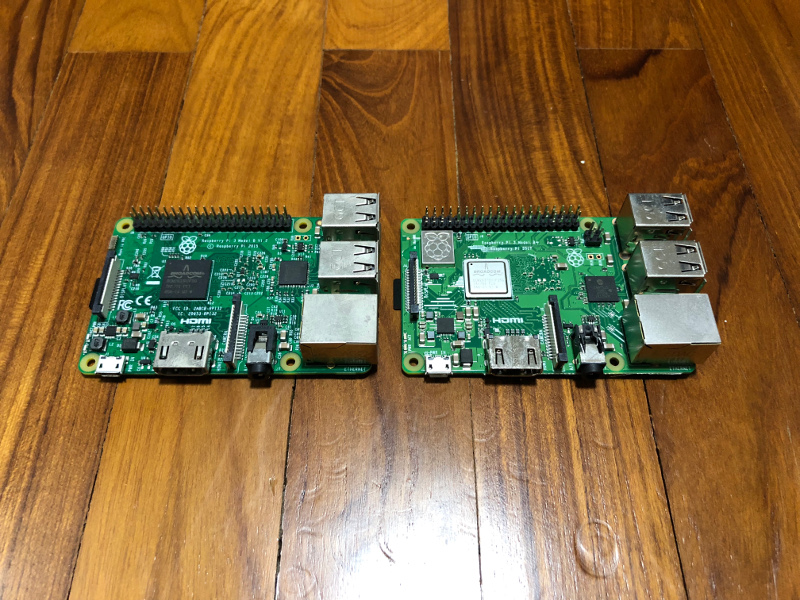Setting up GitBucket on Raspberry Pi 3 with an Ubuntu Server 15.10.3 image
With multiple Raspberry Pis around the house, it was time for me to setup a Git server to synchronise the source codes residing on my development laptop with those that are deployed on my Raspberry Pi servers.
As I am using GitHub at my workplace, I seek to emulate similar development operations at home. GitBucket seems to be an ideal candidate for my home Git server since it comes as a war file having API compatibility with GitHub.
Since I had created a LEMP server on my Raspberry Pi 3 with on Ubuntu Server 15.10.3, it makes sense for me to setup my GitBucket server on it.
This post describes how I setup GitBucket on my Raspberry Pi 3 with an Ubuntu Server 15.10.3 image. To make this post complete, the first seven steps are taken from previous posts.


Follow us